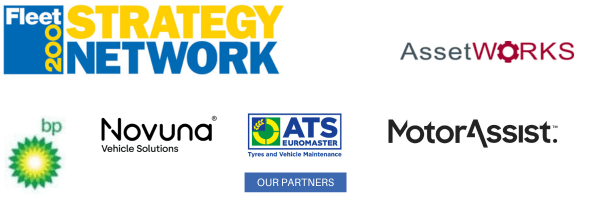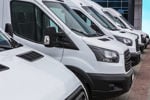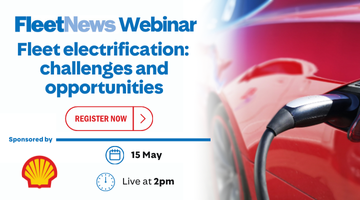Fleets debated transport decarbonisation following the recent COP26 conference and what it meant for their own vehicles.
Their responses showed that it’s not simply a case of electrification; there are several ways in which fleets can run more efficient operations
Details on our Fleet200 Executive Club and how you can join below.
Fleets debated transport decarbonisation following the recent COP26 conference and what it meant for their own vehicles.
Their responses showed that it’s not simply a case of electrification; there are several ways in which fleets can run more efficient operations
- We are looking at our entire supply and how we get parts to customers rather than having them loaded into the van. We want to reduce our van sizes, so we are looking at what we take out, for example, how we supply parts to the location for the engineer to collect. Or can we deliver parts to the back of a driver’s van overnight ready for the morning. Or deliver the parts direct to the customer ready for the engineer. It’s all about having a smaller van - which means less CO2, less congestion, less risk and lower costs – or replacing the van with a bike.
- Supply constraints is affecting speed of transition to electric. Pre-ordering is difficult because for some model lines we don’t know what’s coming this year, or when. If this isn’t sorted, decarbonisation will stall because companies will stick with what they know.
- The important part is not focusing solely on the tailpipe emissions; it’s the total efficiency, including whether it is reusable. For example, racking systems – we have solutions that last for 3-4 times the vehicle life, which reduces the manufacturer emissions impact on the environment.
- Electric cars take care of themselves through the taxation position; the problem is vans. Many fleets believe hydrogen is the future, but we are still waiting for those solutions.
- We have to get on with it (decarbonisation). It is only eight years (until the Government’s 2030 ban on the sale of new petrol/diesel cars and vans). Buying the vehicle is easy; it’s everything around it, such as charging infrastructure, that is more complex.
- The first thing to do is have a conversation with the DNO (local electricity distributor). It takes at least 18 months to sort out supply for a workplace charging infrastructure. DNOs are supposed to be able to offer flexibility and smart solutions, but they often don’t – you have to ask for it, but that means you need to know it’s an option!
- DfT policy regarding future taxation is an inhibitor – we’re in blank chequebook territory. We need to know future policy because that brings certainty to make long-term decisions.
- We need the right framework and roadmap to make the right commercial decisions. Otherwise, businesses will continue to do what they are doing now.
- It wouldn’t surprise me if the deadline dates move back a bit. We’ve seen this happen before with the clean air zones which were due to come in 2-3 years ago but are only happening now. But we are investing a lot of money to hit those deadlines; moving the goalposts would hit the early adopters.
- Is there a role for biodiesel for bigger vehicles? Route optimisation and reducing journeys also have a role to play in decarbonisation. It’s not just about EVs, especially if you can’t transition.
- There’s talk about road pricing but I don’t think there is enough time to implement something by 2030. The easiest way to make up the shortfall in taxation is to increase fuel duty for petrol and diesel. We could see huge increases to raise revenues.
- The Government will look at the key levers at their disposal, such as the road fund licence.
- Charge point location is a key step to ensuring we are ready for electric vehicles; you have to get that right. It requires internal discussions with facilities, finance/accounts teams, etc. Fleets also have to get better at talking with local authorities; we can have influence, especially the larger employers with lots of voters in the local area.
Details on our Fleet200 Executive Club and how you can join below.
Login to continue reading.
This article is premium content. To view, please register for free or sign in to read it.





















Login to comment
Comments
No comments have been made yet.